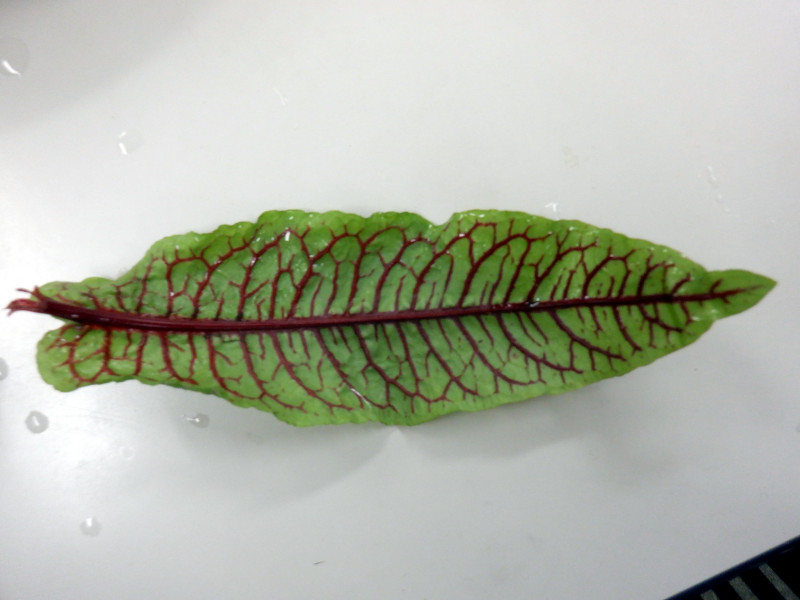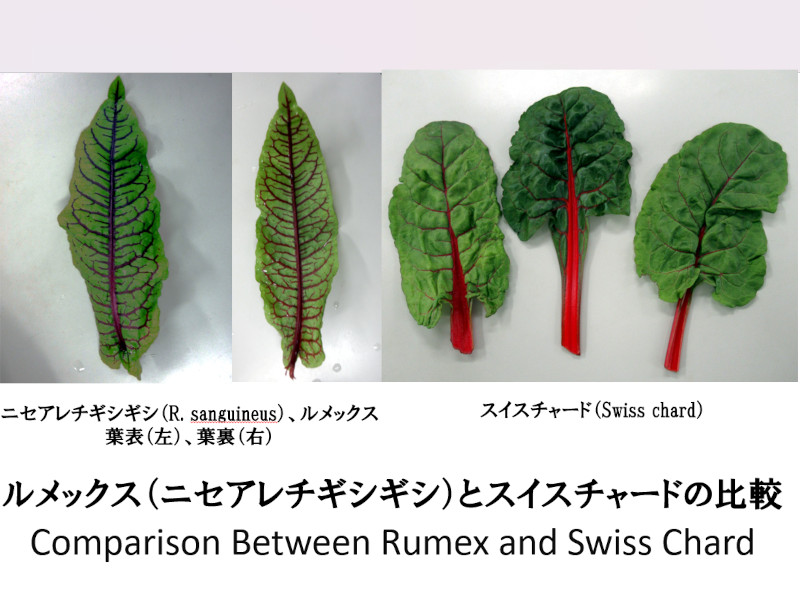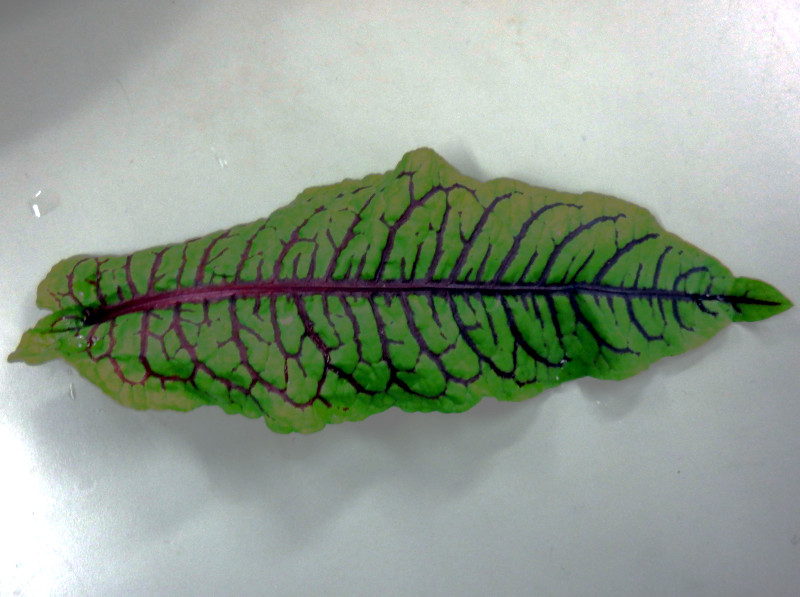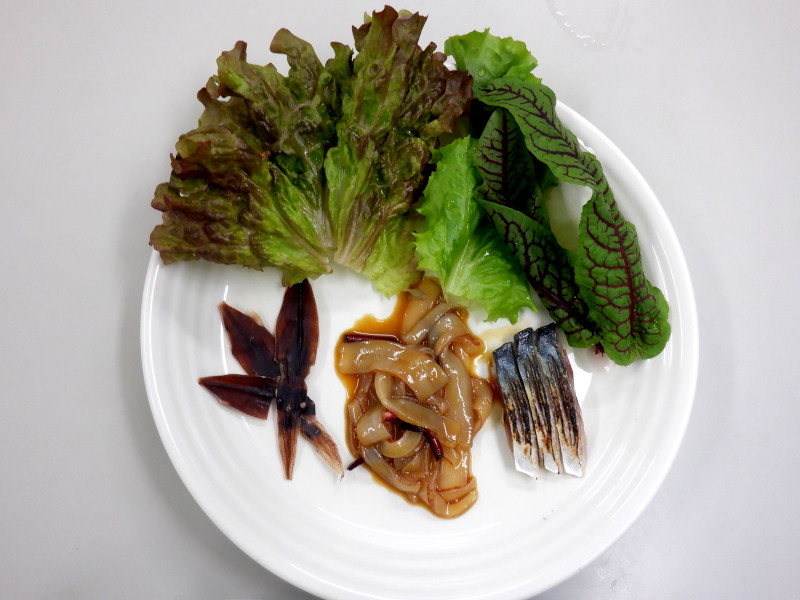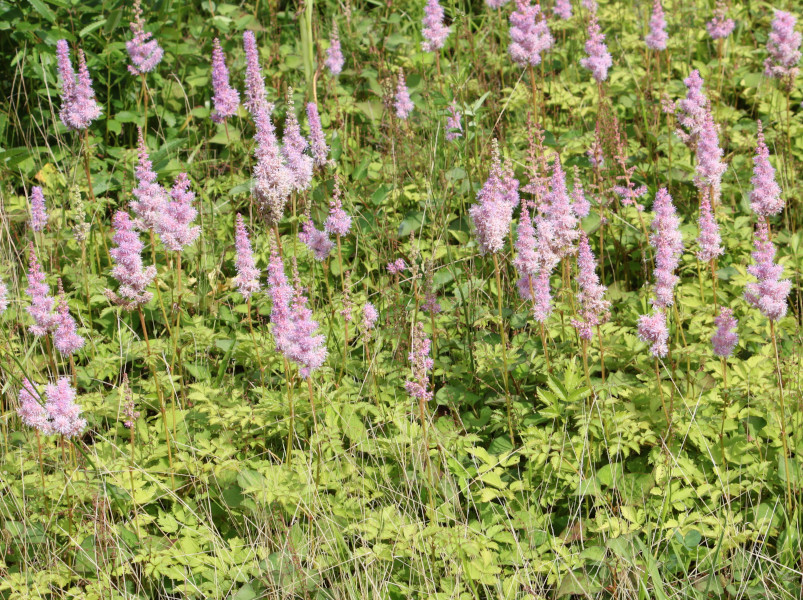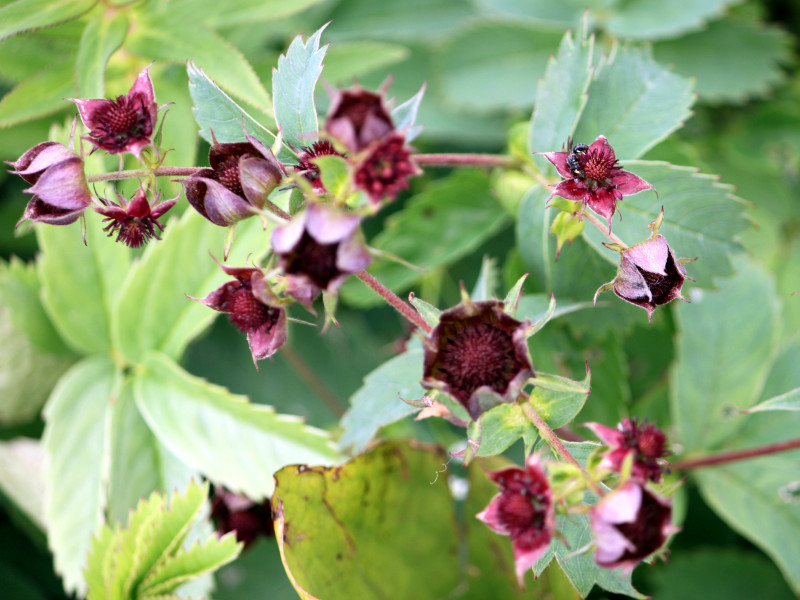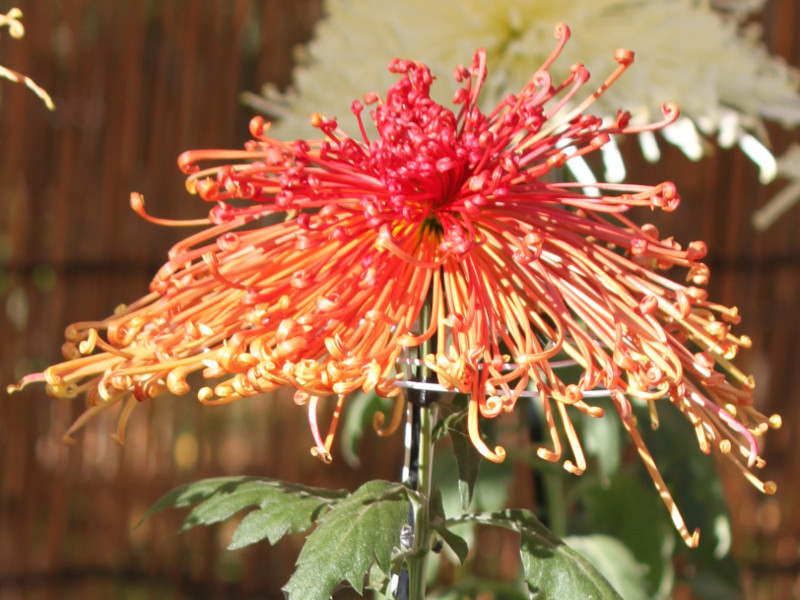Rumex sanguineus
- Flower nameRumex sanguineus
- Scientific nameRumex sanguineus
- AliasRed-veined dock, Bloody dock, Rumex sanguineus, ブラッディドッグ, ルメックス サンギネウス, レッドソレル, Red Sorrel, 赤筋ソレル
- Place of originEurope
- Place of floweringFields and footpaths, Garden, Park
- Flowering seasonMay, June
What is Rumex sanguineus
Rumex sanguineus, also known as Red Sorrel or simply Sorrel, is a perennial herb native to Europe. It belongs to the Polygonaceae family. The plant is characterized by its rosette-shaped leaves, which are spear-shaped, measuring 10-20 cm in length and 2.5-5 cm in width. The leaves have a green background with prominent red veins. In May to June, it produces small greenish flowers arranged in cone-shaped inflorescences at the tips of the flower stems. The plant spreads vigorously through rhizomes, so it requires careful management to prevent overgrowth.
Differences between Rumex and Swiss Chard:
Rumex sanguineus and Swiss Chard (Beta vulgaris subsp. cicla) are two distinct plants with different characteristics. While Rumex sanguineus is known for its red-veined leaves and belongs to the Polygonaceae family, Swiss Chard is a leafy vegetable belonging to the Amaranthaceae family. Swiss Chard typically has large, broad, and colorful leaves, with stems that can range in color from white to red. Unlike Rumex, Swiss Chard is cultivated as a food crop and is valued for its edible leaves, which are often used in salads or cooked dishes.
Lumex (Rumex sanguineus) and Swiss chard (Beta vulgaris var. cicla) are similar in that their leaves have colored veins and can be eaten in salads, but upon closer inspection, their leaf shapes, vein patterns, and stem thicknesses differ. Lumex belongs to the Polygonaceae family, while Swiss chard belongs to the Amaranthaceae family, so their classifications are also different.
● Uses
Because of their attractive leaves, they are used as ornamental plants, ground cover, for flower beds, and in container gardening. Additionally, their young leaves are edible and can be used in salads or soups, although they contain oxalic acid, which gives them a sour taste. While consuming small amounts is not an issue, excessive consumption may hinder calcium absorption, potentially exacerbating conditions like rheumatism, arthritis, gout, and kidney stones.
● Origin of the Name
The genus name "Rumex" comes from the Latin word for "spear," as the shape of the leaves resembles the point of a spear. The species name "sanguineus" means "blood-red" in Latin, referring to the red veins in the leaves.
● Common Name: Lumex (False Sorrel), Scientific Name: Rumex sanguineus, AKA: Red-veined dock, Bloody dock, Lumex sanguineus , Sorrel, Red-veined Sorrel, Growth Form: Perennial Herb, Native to: Europe, Habitat: Moist shady forests, Height: 30-80 cm, Leaf Rosette, Leaf Shape: Spear-shaped, Leaf Length: 10-20 cm, Leaf Width: 2.5-5 cm, Leaf Color: Green with red veins, Flowering Period: May-June, Flowering Time: Daytime, Flowering Location: Moist shady forests, Inflorescence Type: Terminal, Cone-shaped, Flower Color: Pale green, Uses: Colorful leaves, Ornamental plant, Ground cover, Flower beds, Container gardening, Vegetable, Note: Caution should be exercised regarding overconsumption.
